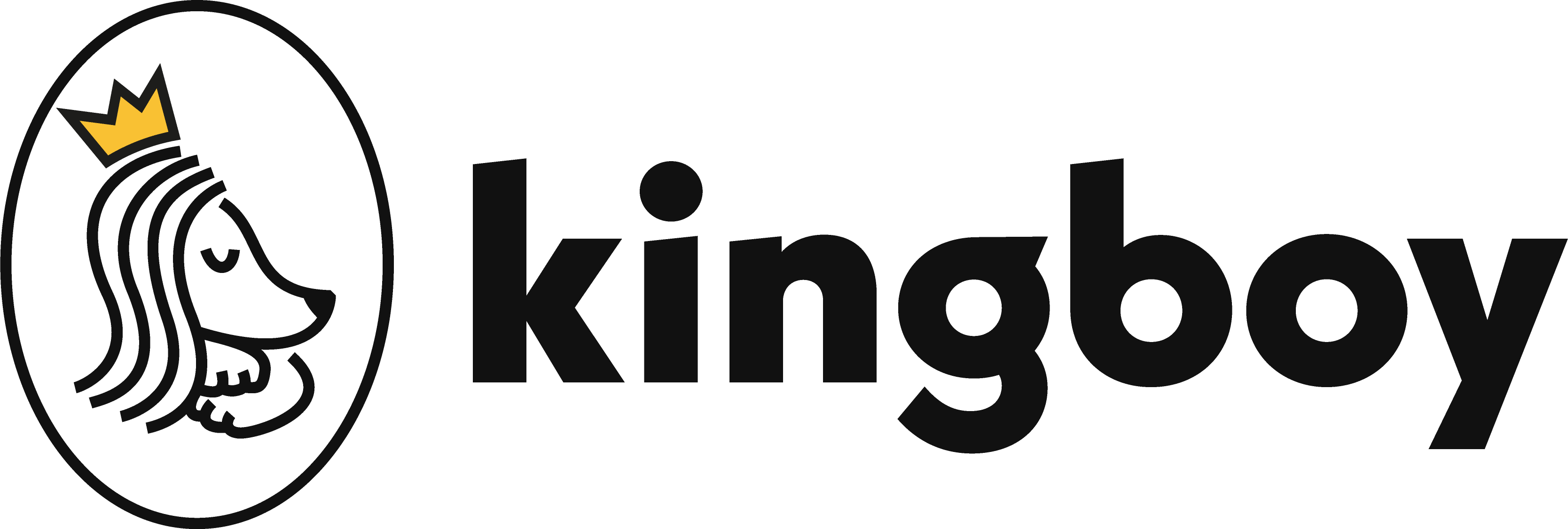There's nothing like exploring the world with your new, four-legged friend. Whether you're taking your pup to the backyard, the park, or even to work with you, it's important to keep him safe.
Leash training is a key part of being a responsible dog owner. However, it can be challenging for first-time pets and their humans to navigate!
Today, we're sharing five tips to help you teach your pup to walk on a leash. Before long, you'll be traveling everywhere together!
1. Gather the Right Tools
Before you begin, buy your dog a properly-fitting harness or collar, as well as a sturdy leash. You've sized everything from his dog bed to his food bowl, so you need to do the same with this step.
Let your pup wear the collar and leash indoors before you head outside. This will help him get used to how it feels, so there's not as much confusion when you're ready to start exploring.
2. Keep Initial Sessions Short
If you have a new puppy who isn't used to walking on a leash, keep those first sessions short. Focus on getting your dog to stay beside you, and gently correct him when he starts to tug away. Most dog owners prefer to position their dogs on the left side.
If you exert too much energy in the beginning, your dog may associate leash training with a negative, draining experience. You want him to look forward to this experience, so don't stay out too long.
3. Praise Good Behavior
Especially if your dog has never used a leash before, you can expect plenty of frenetic activity once you clip it on! He will likely run all over the place, darting back and forth in quick motions.
However, there will inevitably be times when he has to rest, and the leash will slacken. As he walks calmly beside you, give him a healthy treat and reward his good behavior. You can also use a marker to signal that he's on the right track, or simply shout an emphatic "Yes!" to let him know he did well.
4. Stop When Pulled
Often, dogs pull on their leashes because they think when they do so, their owner will hurry up and they'll get to their destination quicker. To prevent this habit, stop walking when they begin tugging.
It might take a few tries, but eventually, he will stop moving and look at you. When he does, the leash will slacken. Reward that response on the spot, and continue to do so every time he realizes that speeding up will actually slow him down.
5. Redirect During Lunges
Pups are exploratory, and they're bound to see something on your walk that piques their interest. When this happens, they may lunge in the direction of that object.
This can pull you off balance and put the safety of others at risk. Try to proactively steer their attention away from the object with a treat. Create distance around your dog and move in a different direction if you need to.
Put Your Dog on a Leash and Explore
When your dog knows how to walk on a leash, it's easier for both of you to get around. The key is to go slow and keep the training sessions short and positive. Over time, you can gradually reduce the number of treats you use as your pup begins to initiate good behavior naturally.
All that walking is bound to wear your pup out, and we're here to help him rest as comfortably as possible. Check out our full collection of eco-friendly, stylish, and durable dog beds today!

